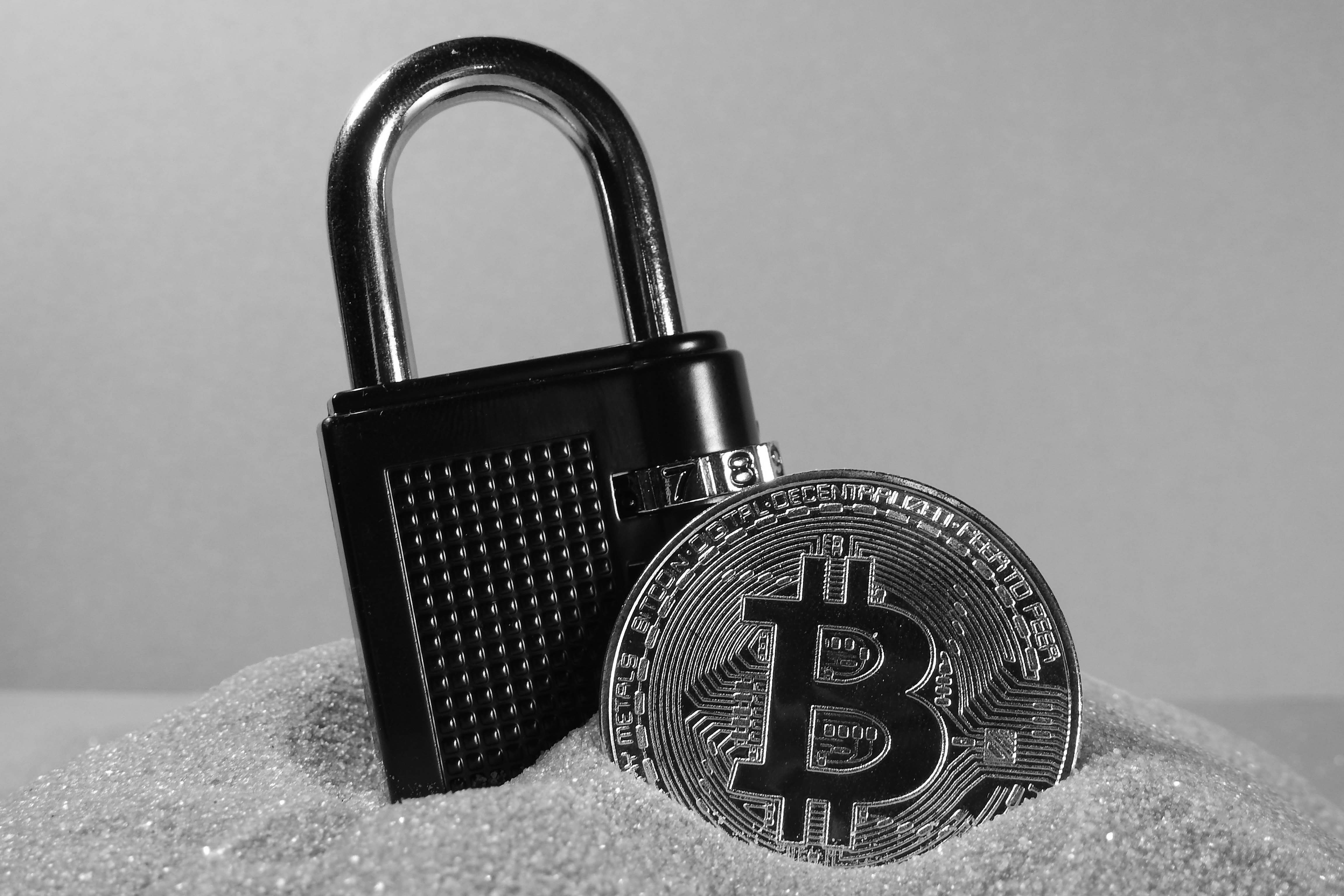SBA Releases Guidance on Paycheck Protection Program 2.0
On January 8, 2021, the U.S. Small Business Administration (“SBA”), in consultation with the Department of Treasury, announced the re-opening of the Paycheck Protection Program (“PPP”) to first-time borrowers and certain existing borrowers. Through a series of Interim Final Rules (each, an “Interim Rule”), the SBA provided guidance on the expanded PPP as enacted by the Economic Aid to Hard-Hit Small Businesses, Nonprofits, and Venues Act (the “Act”), with respect to PPP loan applications, eligible borrowers and lenders, and loan forgiveness applications submitted both pre and post-enactment of the Act.
Below is a summary of the key provisions and updates to the PPP as contained in the Interim Rules:
Additional lending under the PPP will be open first to community financial institutions, with First Draw PPP Loans (i.e., new PPP loans under the expanded PPP) available starting on January 11, 2021 and Second Draw PPP Loans (i.e. additional advances to existing PPP borrowers) available starting on January 13, 2021. Funds will be available to PPP borrowers until March 31, 2021. The First Draw application and Second Draw application are available on the SBA website (and linked here), and are substantially similar to the original application required under the initial PPP.
- First Draw PPP Loans. The Act, as refined by the Interim Rules, permits existing PPP borrowers to obtain new or additional funding in that event that such PPP borrower (i) was previously ineligible under the initial PPP, (ii) did not receive the full amount of PPP funds available to such PPP borrower, or (iii) returned all or any portion of the original PPP loan advanced to such borrower under the initial PPP. Eligible borrowers who did not accept the full amount of the initial PPP loan are now allowed to apply for an increase up to the maximum amount initially authorized.
(a) Additional Borrowers. The Act and Interim Rules expand eligibility under the PPP to the following enterprises:
-
- 501(c)(6) non-profit organizations and destination marketing organizations with 300 or fewer employees, provided that such organization derives less than 15% of its gross receipts from lobbying activities;
- Hospitals owned by governmental entities, provided that they receive less than 50% of funding from state or local government sources, excluding Medicaid;
- Housing cooperatives with 300 or fewer employees;
- Television, radio and other eligible news outlets (NAICS Code 511110 or 5151) and public broadcasting entities; and
(b) Limitation on Corporate Groups. In addition to (and not in lieu of) existing SBA affiliation rules, the Interim Rules impose a limitation on aggregate borrowing by “corporate groups” in an amount not to exceed $20 million. For purposes of this limitation, businesses are part of a single corporate group if they are majority owned, directly or indirectly, by a common parent. The burden is on the PPP borrower to notify the lender in the event of borrowings in excess of the $20 million threshold, and withdraw or request cancellation of any pending or approved application for excess funds. Failure to do so will be deemed as an unauthorized use of PPP funds, and therefore such PPP loan will not be eligible for forgiveness.
- Second Draw PPP Loans. Under the Act and the Interim Rules, eligible borrowers may now apply for a Second Draw PPP Loan, provided that such supplemental loan shall not exceed $2 million and the aggregate amount of all loans to all affiliated borrowers from both the first and second round of funding shall not exceed $10 million. The covered period for all new loans advanced under the PPP extends through March 31, 2021.
(a) Eligible Borrowers. In order to apply for a Second Draw Loan under the PPP, the applicant must be a business with 300 or fewer employees (decreased from 500 under the initial program) and have experienced a decline in gross receipts of 25% or greater in any quarter in 2020 relative to the corresponding quarter in 2019. The Interim Rules clarify that an applicant is deemed to have experienced the required revenue reduction if it has experienced a reduction in annual receipts of 25% or greater in 2020 compared to 2019. It is worthwhile to note that any amounts forgiven on a First Draw PPP Loan received in 2020 is excluded from borrower’s gross receipts for purposes of such determination.
(b) Limitation on Corporate Groups. With respect to Second Draw Loans, businesses that are part of a single corporate group (as described above) shall not receive more than $4 million of Second Draw PPP Loans in the aggregate. The corporate group limit is applicable to all borrowers, including restaurant and hospital businesses operating under NAICS Code 72.
- Use of Proceeds for New PPP Loans. The Act, as expanded by the Interim Rules, substantially expands the provisions of the existing PPP relating to authorized uses of PPP loan proceeds in an effort to address certain non-ordinary course expenses incurred by businesses in connection with COVID-19 safety measures. New categories of acceptable uses of PPP loan proceeds include:
- Payroll costs, including costs related to the continuation of group health care, life, disability, vision, or dental benefits during periods of paid sick, medical or family leave, and group health care, life disability, vision, or dental insurance premiums.
- Covered operational expenditures, which are defined as payments by a business for any business software or cloud computing service that facilitates business operations, product or service delivery, the processing, payment or tracking of payroll expenses, human resources, sales and billing functions, or accounting or tracking of supplies, inventory, records and expenses.
- Covered property damage costs related to property damage, vandalism and looting due to public disturbances that occurred during 2020, to the extent not covered by insurance or other compensation.
- Covered supplier costs, which are defined payments to suppliers pursuant to a contract, order, or purchase order in effect before the date of disbursement of the PPP loan, for the supply of goods that are essential to the operations of the business at the time such expenditure is made.
- Covered worker protection expenditures, which include any operating or capital expenditures required to facilitate the adaptation of the applicant’s business to requirements established or guidance issued by the Department of Health and Human Services, the Centers for Disease Control, or the Occupational Safety and Health Administration, or any equivalent State or local requirements, related to the maintenance of standards for sanitation, social distancing or any other worker or customer safety requirement related to COVID-19, in all cases during the period commencing on March 1, 2020 and ending on the date on which the COVID-19 national emergency declaration expires. Such expenditures may include costs or expenses incurred in connection with the following:
- purchase or maintenance of a drive-through window, air filtration or ventilation system or physical barriers (e.g. sneeze guards);
- expansion of additional indoor, outdoor or combined business space;
- onsite or offsite health screening capabilities;
- purchase of particulate filtering face-piece respirators;
- purchase and maintenance of personal protective equipment
The above notwithstanding, in order to obtain full forgiveness of any PPP loan no less than 60% of loan proceeds must be used to fund payroll and associated eligible costs (inclusive of the amount of any refinanced EIDL).
The full text of each Interim Rule summarized in this alert is linked here and here. We are continuing to monitor as additional guidance is released and will provide any updates as needed. Our attorneys are available to guide you and answer any questions regarding the Interim Rules, the PPP and related pandemic relief measures.
As the law continues to evolve on these matters, please note that this article is current as of date and time of publication and may not reflect subsequent developments. The content and interpretation of the issues addressed herein is subject to change. Cole Schotz P.C. disclaims any and all liability with respect to actions taken or not taken based on any or all of the contents of this publication to the fullest extent permitted by law. This is for general informational purposes and does not constitute legal advice or create an attorney-client relationship. Do not act or refrain from acting upon the information contained in this publication without obtaining legal, financial and tax advice. For further information, please do not hesitate to reach out to your firm contact or to any of the attorneys listed in this publication.
As the law continues to evolve on these matters, please note that this article is current as of date and time of publication and may not reflect subsequent developments. The content and interpretation of the issues addressed herein is subject to change. Cole Schotz P.C. disclaims any and all liability with respect to actions taken or not taken based on any or all of the contents of this publication to the fullest extent permitted by law. This is for general informational purposes and does not constitute legal advice or create an attorney-client relationship. Do not act or refrain from acting upon the information contained in this publication without obtaining legal, financial and tax advice. For further information, please do not hesitate to reach out to your firm contact or to any of the attorneys listed in this publication.
Join Our Mailing List
Stay up to date with the latest insights, events, and more





